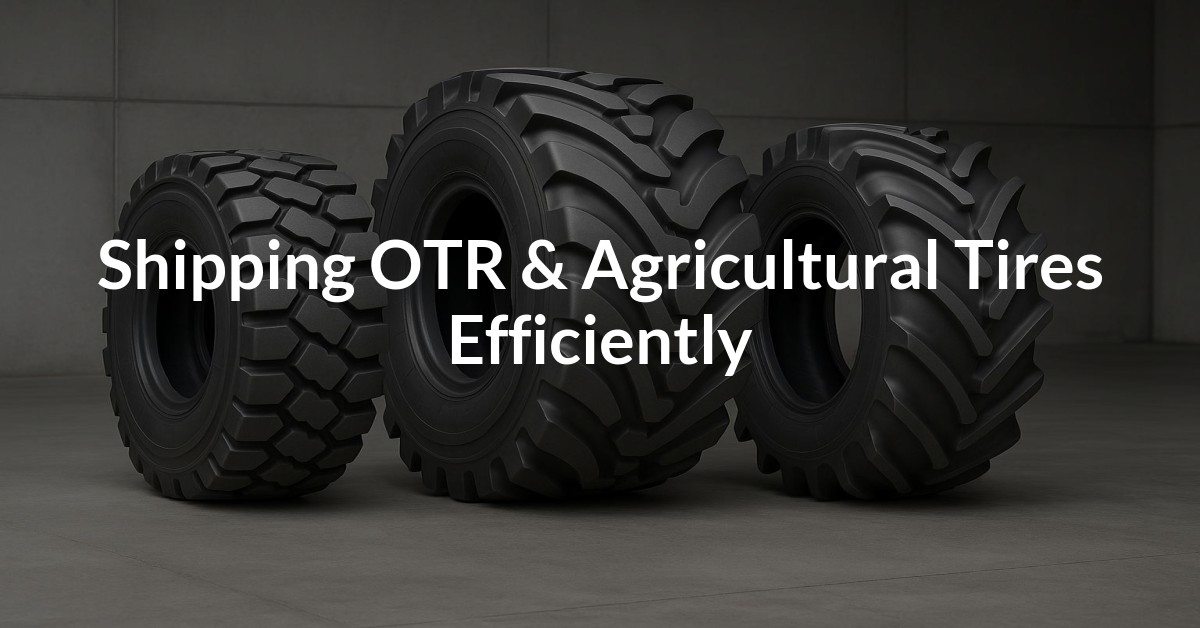Shipping combine harvesters and headers requires careful planning and execution to ensure safe and efficient transportation. Due to their large size and weight, these essential pieces of farm machinery need specialized handling to move from one location to another. This article outlines how Freight Sidekick can help you navigate the transportation process.
Understanding Combine Harvesters & Headers Dimensions
Combine harvesters and headers are massive agricultural machines designed for efficient crop harvesting. They are substantial in size—typically measuring over 20 feet in length—and can weigh several tons. Transporting such heavy machinery requires selecting the right freight service type and understanding weight and dimension restrictions.
Freight Service Options for Harvesters & Headers
Freight Sidekick provides a variety of transport solutions suitable for large equipment such as combine harvesters and headers:
- Full Truckload (FTL): Optimal for entire harvester shipments or large quantities of headers. Options include Flatbed, Step Deck, and Drop Deck trailers to accommodate oversized dimensions.
- Less Than Truckload (LTL): Ideal for shipping smaller components or single headers in palletized freight, crated, or in specialized shipping drums.
- Partial/Shared Truckload: Perfect for shipments that fall between 12-36 feet in length and weigh up to 30,000 lbs, maximizing cost efficiency by sharing space with other shipments.
- Smaller Equipment: Options like Box Trucks, Hotshots, and Cargo Vans are suitable for transporting smaller header units or parts.
Loading and Unloading Procedures
Proper loading and unloading of harvesters and headers are crucial to prevent damage. Here are some best practices:
- Pre-inspection Check: Thoroughly inspect equipment for any pre-existing damage before loading.
- Securement: Use heavy-duty straps and chains to secure the machinery. Ensure the harvester is adequately centered to prevent tipping.
- Slope and Ramp Usage: Utilize ramps with a suitable incline angle for loading onto flatbed or step deck trailers, ensuring mechanical ease.
- Cautious Unloading: Gradually detach and lower the machinery, checking stability frequently during the process.
Regulations and Permits for Heavy Equipment Shipping
Moving combine harvesters and headers often involves dealing with specific regulations due to their size and weight. This includes acquiring necessary trip and transport permits for over-width, over-height, or over-weight shipments in various states. Utilize our State-by-State DOT Regulations tool to find the specific requirements for each state.
Bill of Lading: A Crucial Shipping Document
The Bill of Lading (BOL) is an essential legal document in shipping, acting as a receipt and contract between the shipper and carrier. A correct BOL minimizes disputes and ensures clear communication about the shipment's details. You can create a legally compliant document using our Bill of Lading Generator to streamline your shipping process.
Cost Factors and Optimization Strategies
Several factors influence the cost of shipping combine harvesters and headers, including weight, distance, and required equipment. Strategies to optimize cost efficiency include:
- Consolidate Shipments: Group smaller shipments to utilize partial truckloads effectively.
- Plan Off-Peak Season Shipping: Shipping during non-peak seasons can often result in reduced rates.
- Select Appropriate Freight Class: Use our Freight Class Calculator to determine the correct class for pricing accuracy.
- Obtain Multiple Quotes: You can get a free freight quote to compare options and make informed decisions.
Get Personalized Assistance for Shipping Combine Harvesters & Headers
Freight Sidekick is committed to providing tailored freight solutions that meet your equipment shipping needs. Get a quote today, call us at 877-345-3838 or email support@freightsidekick.com.











